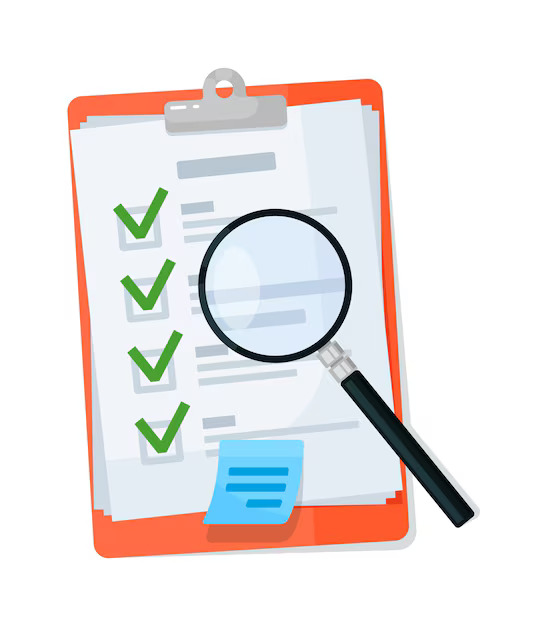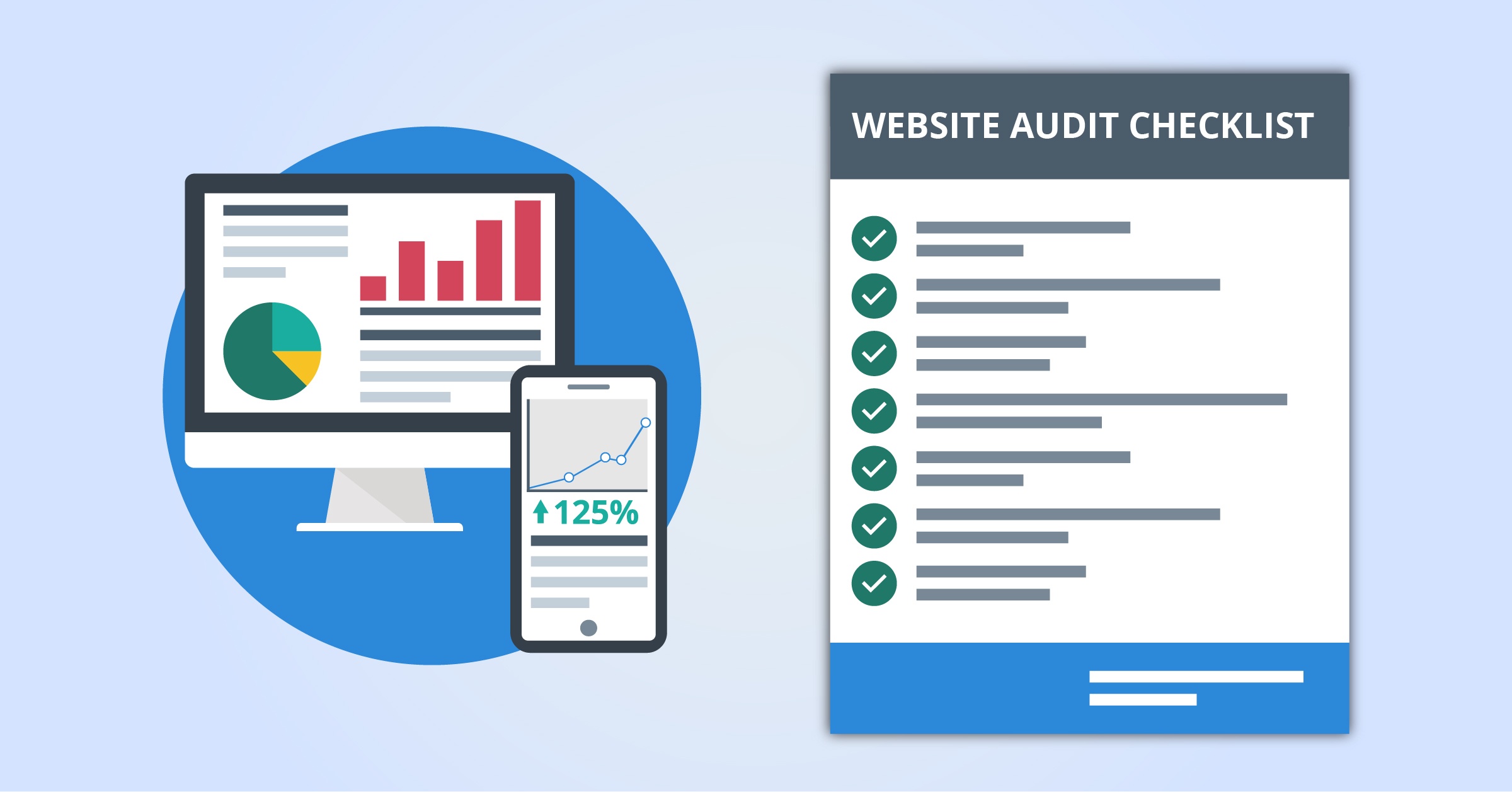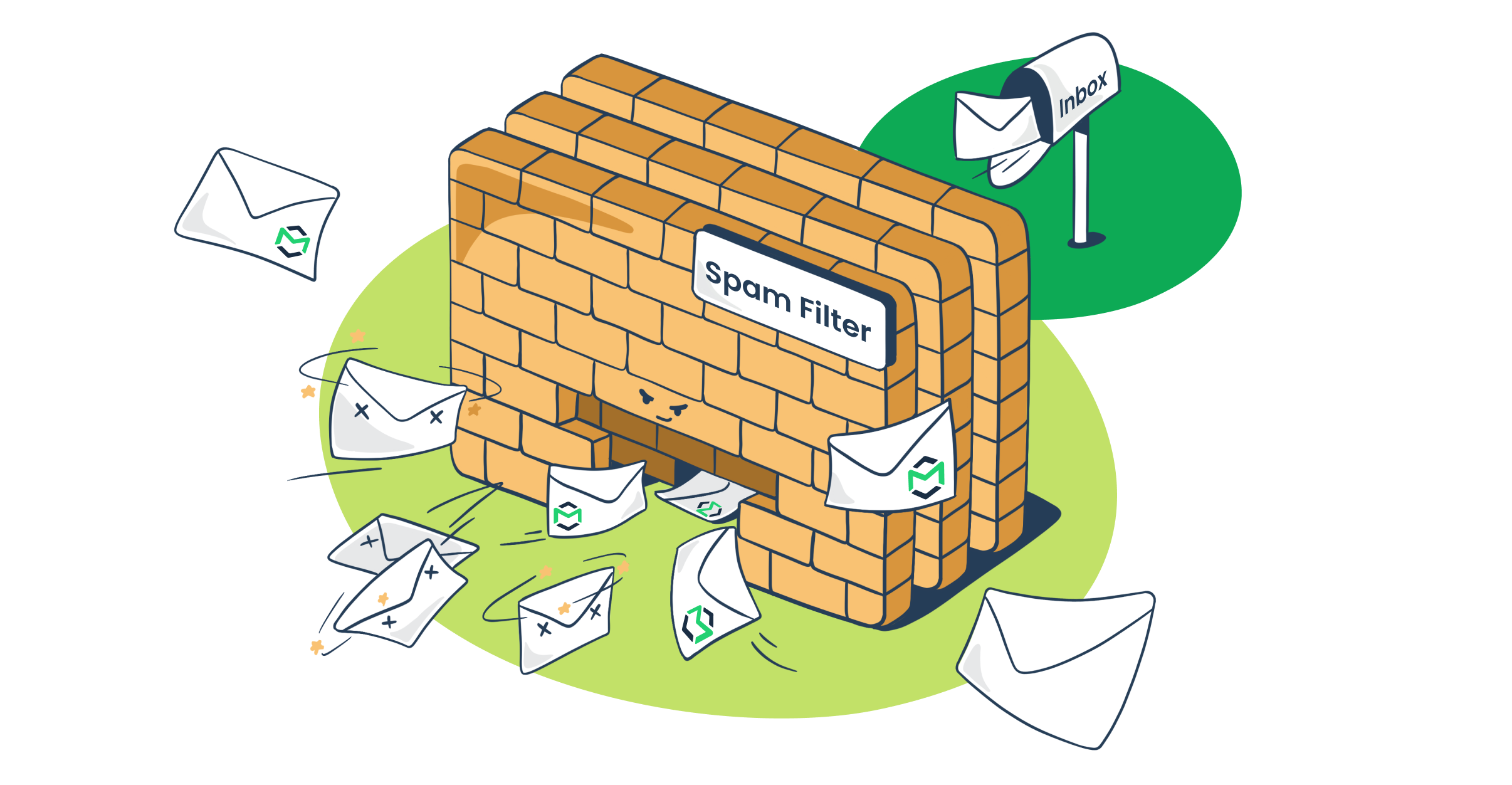Blacklist Checker
The Blacklist Checker tool allows you to determine if your domain or IP address is listed on any blacklist, providing accurate and instant results. This tool is perfect for webmasters, network administrators, and email marketers who need to ensure their domains and IPs are not flagged by major blacklists. The process is quick and efficient, ensuring you get precise blacklist status information every time.
Share on Social Media:
Essential Blacklist Checker: Safeguard Your Domain & IP Reputation
Has your email been wrongly relegated to spam folders, or are your digital communications disrupted? A blacklist could be to blame. Use a blacklist checker to quickly reveal if your domain or IP is flagged, and learn how to clear your reputation. This concise guide lays out the must-knows and steps for effective blacklist monitoring and resolution.
Key Takeaways
Blacklist checkers are crucial tools that scan various blacklists in real time to determine if one’s IP, domain, or email server has been marked for suspicious activities, helping to safeguard online reputations.
Not all blacklist checkers are created equal; some specialize in specific databases while others offer a wider range of services, and trustworthy ones do not charge for removal, ensuring an unbiased assessment of one’s blacklist status.
Maintaining a positive digital presence involves implementing best email practices, adhering to email authentication protocols, maintaining email list hygiene, and understanding spam filters to avoid blacklisting, as well as knowing how to effectively request removal if blacklisted.
Understanding Blacklist Checkers

Picture a virtual watchlist, constantly updated, featuring IPs, domains, and email servers tagged for suspicious activities - welcome to the world of blacklists. When your digital identity lands on such a list, it’s akin to having a “Do Not Trust” sign posted against your name in the vast online landscape. Blacklist checkers are the indispensable tools that assist you in finding out if you’ve been flagged as a spam source or worse. They leverage real-time data and sophisticated algorithms to scan various blacklists, ensuring your online reputation remains intact. Understanding blacklist’s usage is crucial for maintaining a positive digital presence.
Imagine sending a critical email to a client, only to have it vanish into the oblivion of a spam folder due to an email blacklist. This is where blacklist checkers step in. By simply entering your query and initiating a check, these tools can be the difference between successful communication and digital silence. Vigilance isn’t exclusive to businesses; individual users should also take care that their IP address hasn’t been wrongfully slandered. After all, in the digital age, your reputation is your most valuable asset.
Navigating the Blacklist Checker Landscape

In the vast ocean of the internet, blacklist checkers serve as lighthouses, guiding your digital ship safely past the rocks of security concerns and communication breakdowns. Although numerous tools exploit real-time data and algorithms, it’s vital to comprehend that not all checkers offer the same quality of service. Some specialize in specific blacklist databases, while others provide a broader spectrum of checks, ensuring that your online operations continue without a hitch.
For example, services like GlockApps cast a spotlight on your email’s path, offering a Gmail Blacklist Checker that scrutinizes your IP against the most significant blacklists. The process is comparable to navigating a security checkpoint to guarantee your emails are ready for dispatch and delivery to their respective recipients.
The Role of Realtime Blacklist (RBL) Databases
In the realm of blacklists, Realtime Blackhole Lists (RBLs) stand as the sentinels at the gates, protecting the sanctity of inboxes everywhere. These DNS-based databases are the first line of defense against the tidal wave of spam, blocking IPs that are known culprits of unwanted email campaigns. When your domain is ensnared by an RBL, it can lead to the dire consequence of your emails being rejected or shuffled off to the spam folder, unseen and unopened by your audience. This is why it’s crucial to avoid landing on an ip blacklist.
Internet Service Providers (ISPs) and email servers consult these IP blacklists as their trusted advisors, filtering incoming messages and drawing battle lines against those originating from blacklisted IPs. This method, known as IP blacklisting, safeguards their email systems’ integrity, making sure that users’ inboxes remain safe havens rather than spam dumping grounds.
Blacklist Checker by PagesTools.com

PagesTools.com emerges as a beacon in the murky waters of blacklists, offering a reliable and precise tool that scans for flags across major blacklists. You can liken it to having a personal investigator committed to exposing any digital traces that could blemish your online reputation. With ease, users can enter their domain or IP and within moments, gain insights into their blacklist status.
What sets PagesTools.com apart is:
The accuracy of its scans
Its ethical stance, denouncing any blacklists that demand payment for removal
Promoting a principle of transparency and fairness in the digital space
This methodology guarantees that users can rely on the platform for an impartial evaluation of their reputation, avoiding deceitful schemes.
Identifying Trustworthy Blacklist Checker Services
Trust is the cornerstone of any relationship, and when it comes to blacklist check services, it’s no different. Reliable services offer precise results without the cloudy stipulation of payments for removal from the list. They stand as guardians of integrity, ensuring that your pursuit to clear your name is not tainted by extortion.
Notable examples of such services include GlockApps and WhatIsMyIPAddress.com, where neutrality reigns supreme. These platforms not only forgo charges for removal requests but also deliver real-time, dependable data. When you use these services, the results you receive — whether your IP is blacklisted or not — come with detailed information, allowing you to take informed action.
Step-by-Step Guide to Using a Blacklist Checker

Initiating an IP blacklist check is as simple as inputting your IP, domain, or email into the specified field of a checker tool. This digital probe then dives into the depths of the internet, returning with a clear indication — a ‘Yes’ if you’re blacklisted or a ‘No’ if you’re clear. It’s a quick and crucial check that reveals whether your digital identity has been tarnished.
While dedicated blacklist checker tools like PagesTools.com provide an expedited route to peace of mind, there are other avenues to explore as well. Online services aggregating blacklisted IPs, network security tools, and even command-line utilities offer alternative paths to uncovering your blacklist status.
How to Interpret Blacklist Checker Results
Upon receiving the results from a blacklist checker tool, it’s crucial to comprehend their actual implications. A ‘Yes’ is a red flag indicating your digital identity is marred, while a ‘No’ is a green light affirming your good standing. For those marked with a ‘Yes’, further details unravel the specific reasons behind the blacklisting, offering clues to clear your name.
Yet, it’s worth noting that these tools are not infallible — false positives and negatives can occur. Sometimes, legitimate IPs may be mistakenly flagged, or malicious ones may slip through unnoticed. Thus, after submitting a removal request, vigilance is key; regular monitoring of your IP’s reputation is essential to ensure true delisting and prevent future blacklisting.
What to Do If You're Listed on a Blacklist
Discovering your IP or domain on a blacklist can feel like being caught in a storm. But fear not; there is a compass to guide you back to calm waters. Start by adhering to the unique steps laid out by each blacklist for removal, guaranteeing precision and thoroughness in your request. It’s a meticulous process that demands attention to detail.
If your plea for removal isn’t automatically processed, it’s time to roll up your sleeves and get in touch with the blacklist provider. A well-crafted explanation of the resolved issues, along with a demonstration of your commitment to best practices, is often enough to convince the administrators to lift the ban.
Factors Leading to IP and Domain Blacklisting

Sailing the digital seas can be treacherous, and various behaviors can lead to the shipwreck of being blacklisted. From botnet participation to spam email campaigns, and even using VPNs to mask dubious activities, the reasons for ending up on these lists are diverse. Occasionally, an IP might be unjustly listed or it could encounter the misfortune of inheriting infamy from a former owner.
Blacklists are designed to protect users from digital pirates and their malicious activities. Yet, there’s an unfortunate side to this protective measure: wrongful listings. They occur when an IP or domain is blacklisted without just cause, leaving the rightful owner to navigate the choppy waters of clearing their name.
Understanding ISP's Spam Filters and Their Impact
At the heart of the digital ecosystem, ISP’s spam filters act as vigilant gatekeepers. They analyze the deluge of emails, adding IPs or domains to spam lists if users frequently mark their emails as spam. These filters are akin to a community watch program, constantly on the lookout for spammy activities, including those originating from spammy websites, adding another layer of importance to maintaining your domain’s good name.
Preserving the health of your email list is comparable to maintaining a well-kept garden. Here are some steps to follow:
Eliminate the ‘weeds’ like bounced, incorrect, or inactive email addresses.
Nurture a positive reputation with mailbox providers.
Ensure your communications flourish and reach their intended inboxes.
By following these steps, you can ensure the health and effectiveness of your email list.
The Consequences of Sending Spam Emails
Sending spam emails is like setting off a flare in the night sky — it draws the wrong kind of attention. Not only does it tarnish your domain’s reputation, but it also jeopardizes email deliverability. When your mail server is associated with these unsolicited messages, it can quickly lead to your domain being blacklisted, effectively silencing your digital voice.
The repercussions of being a repeat offender in the spam world are severe. Continual blacklisting for sending spam can lead to a permanent ban from anti-spam organizations. It’s a digital scarlet letter that’s incredibly challenging to erase, emphasizing the importance of ethical email practices.
Strategies for Avoiding Blacklists
Steering clear of the feared blacklist can be likened to crossing a minefield with an accurate map at your disposal. Implementing email authentication protocols is akin to having a verified badge on your digital correspondence, assuring its legitimacy. These protocols, such as SPF, DKIM, and SMTP authentication, serve as your digital identity card, making it harder for your emails to be mistaken for spam.
Enhancing the security of your mail server with SSL and banning email relaying can be equated to constructing a stronghold around your digital presence. These steps protect you from cyber marauders who might otherwise compromise your server and use it as a launchpad for spam, landing you on a blacklist.
Maintaining Email List Hygiene
Preserving a clean email list is crucial to dodge the smear of blacklisting. It’s like ensuring your guest list is up-to-date — you wouldn’t want to invite someone who’s moved away or changed their address. Regular cleaning and updating of your list minimize the risk of spam complaints, which can damage your domain’s reputation.
Engaging in re-engagement campaigns and monitoring recipient engagement are like keeping a watchful eye on the horizon for signs of disinterest. Adopting opt-in practices for email subscriptions ensures everyone aboard your ship is there by choice, significantly lowering the risk of your emails being marked as spam and keeping your list healthy.
Implementing Best Practices for Mail Servers
To bypass blacklists, keeping steady DNS records for your mail server can be likened to possessing a trustworthy compass; it ensures you’re not mistaken for an impostor. Using email verification services is like having a trusted first mate who ensures that all aboard are who they claim to be before setting sail — validating recipient addresses before sending emails.
Avoiding spam traps and assigning a static IP to your mail server are like charting a safe course through treacherous waters. It’s a proactive approach to maintaining your server’s good name and avoiding the pitfalls that might lead to blacklisting, especially when dealing with multiple ip addresses, including the sender’s ip address.
Resolving Blacklist Issues
When confronted with the ordeal of being blacklisted, the route to recovery encompasses four steps:
Pinpoint the issue
Evaluate its impact
Tackle the root cause of the blacklisting
Rectify it to avert future episodes
It’s a journey of self-discovery and correction that can restore your digital reputation.
Sometimes, there’s a glimmer of hope in the form of time-based removal mechanisms. For minor infractions, these systems may automatically delist your IP within a couple of weeks. However, for more severe cases, a longer and more involved path to redemption is required.
Scanning for Malware and Viruses
Uncovering the root of blacklist issues often starts with a thorough scan for malware and viruses. It’s like calling in the detectives to find the clues that led to your digital identity’s tarnishing. Ensuring that all network computers are virus-free and operating systems are up-to-date is the first step in cleaning up your act.
Beyond eliminating malware, it’s essential to identify which blacklists have flagged your IP and the reasons behind it. This knowledge is the map that leads to crafting an effective removal request, a necessary step to reclaim your good name in the digital world.
Crafting an Effective Removal Request
Creating an effective removal request is somewhat akin to making your case in a digital court of law. Adherence to the protocols specified on the blacklist’s website is paramount — it’s the rulebook by which you must play. Attempting to bypass or ignore these guidelines is akin to disregarding the rules of the sea; it will only result in your request being denied or ignored.
A meticulous approach, paying close attention to the requirements laid out by the blacklist, increases your chances of a favorable outcome. Communication with the blacklist administrator is where diplomacy meets the digital world. Your removal request should be a blend of clarity, respect, and professionalism. This isn’t the time for pirate talk or brash demands; instead, approach the situation with the grace of a seasoned captain negotiating safe passage.
Such a stance significantly raises the likelihood of your request being honored, allowing you to sail once more into the vast and open digital seas, free from the anchors of blacklisting.
Summary
As we dock at the end of our voyage through the digital waters of blacklists and reputation management, remember that vigilance is the key to maintaining a spotless online presence. Whether you’re the captain of a large enterprise or a solitary digital nomad, understanding the mechanisms of blacklist checkers, navigating the complexities of email deliverability, and implementing preventive strategies are your best defenses against the reputational pirates. May this guide be your trusty compass, leading you away from the treacherous shoals of blacklisting to the safe harbor of trusted communication.
Frequently Asked Questions
How can I check if my IP or domain is blacklisted?
You can check if your IP or domain is blacklisted by using a blacklist checker tool like PagesTools.com and entering your IP or domain. This will show if it's listed on any major blacklists.
What does it mean if my email is on a real-time blacklist (RBL)?
If your email is on a real-time blacklist (RBL), it means your IP address has been flagged for sending spam, which can result in rejected or filtered emails. Be vigilant in managing the reputation of your IP address to avoid landing on RBLs.
Can I be blacklisted for sending emails from a new IP address?
Yes, a new IP address can be blacklisted if it engages in spammy activities or inherits a bad reputation from a previous owner. Be mindful of your email practices to avoid this.
What should I do if my IP is blacklisted?
If your IP is blacklisted, follow the specific removal procedures of the blacklist, contact them with a respectful removal request, and address the underlying issues that led to the blacklisting. Taking these steps will help to resolve the issue.
How can I prevent my IP from being blacklisted?
To prevent your IP from being blacklisted, maintain email list hygiene, implement authentication protocols, monitor your mail server's reputation, and avoid sending spam.